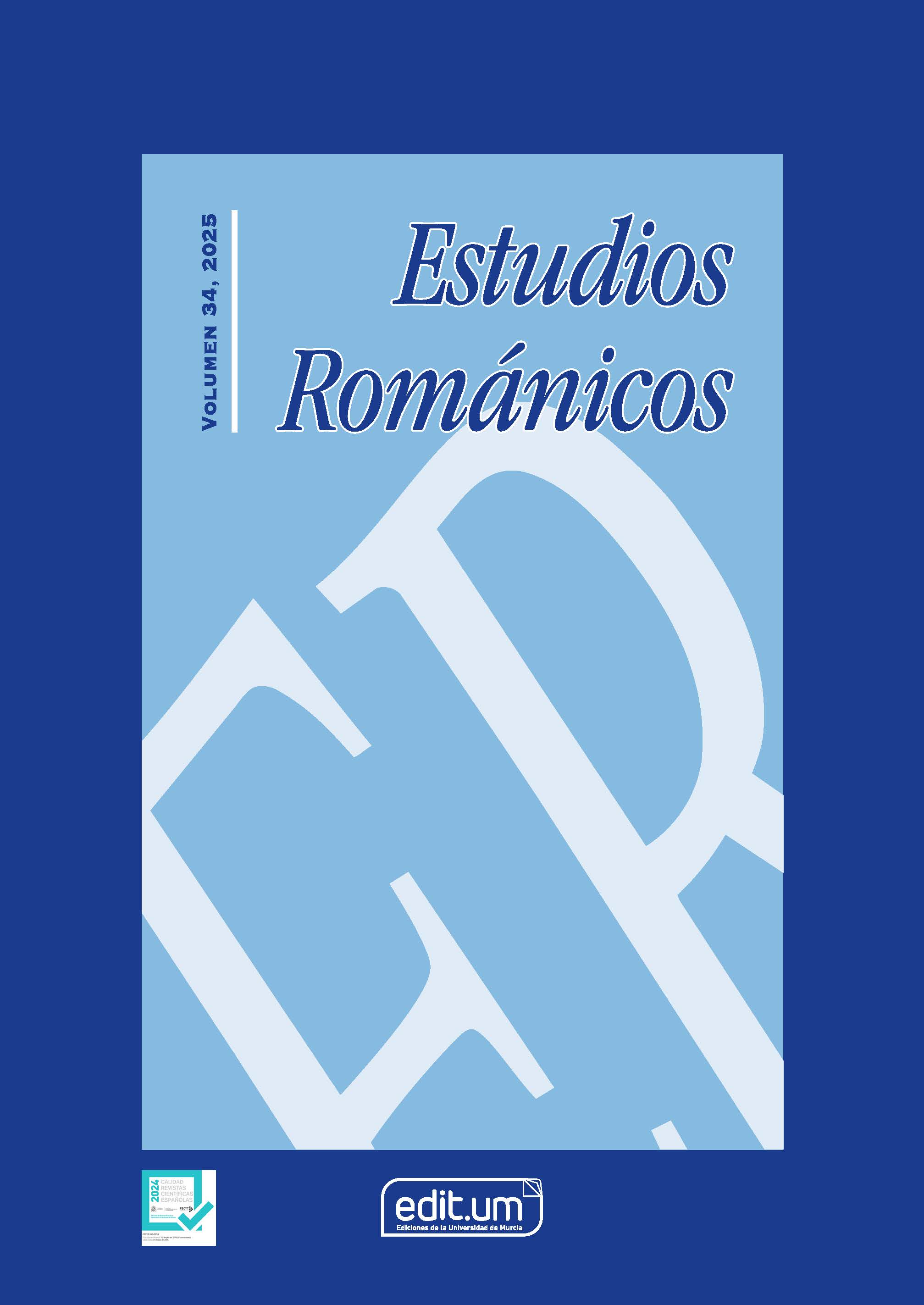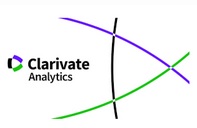Feminine Reality and Poetic Fantasy: Nerval between Literary Criticism and Lexical Statistics
Abstract
The objective of this contribution consists of a quantitative evaluation of a qualitative analysis previously conducted by Alice Machado in 2006. Her work concluded, indeed, that the feminine representations depicted within the literary work of Gérard de Nerval, entitled Voyage in the Orient, remain inaccessible.
By mobilizing the Hyperbase software, developed by Professor Étienne Brunet, we seek to demonstrate, in an irrefutable and quantified manner, that the feminine reality so coveted by the author ultimately reveals itself to be elusive. This reality would find its exclusive expression only within the meanders of dreams, legendary tales, and myths.
The application of the Bravais-Pearson correlation method will proceed with the aggregation of the lexical items associated with the key terms "woman" and "love." This will allow us to highlight the terms they attract, as well as those they repel, thus completing the demonstration of the unattainable nature of the feminine representations within this work.
Downloads
References
Brunet, E. (2011). Hyperbase. Logiciel hypertexte pour le traitement documentaire et statistique des corpus textuel. Manuel de Référence. Version standard 8.0 et 9.0. Disponible sur le site : http://ancilla.unice.fr/hyperbase/manuel.pdf
Guiraud, P. (1954). Les caractères statistiques du vocabulaire. P.U.F.
Machado, A. (2006). Figures féminines dans le Voyage en Orient de Gérard de Nerval. Lanore. Collection « littératures ».
Muller, C. (1968). Initiation à la statistique linguistique. Larousse.
Née, P. (2010). De quel voile s'enveloppe le Voyage en Orient de Nerval ? Littérature, 158(2), 75-91.
Nerval (de), G. (1980). Voyage en Orient. Garnier Flammarion.
- 31-01-2025 (2)
- 30-01-2025 (1)
Copyright (c) 2025 Études Romanes

This work is licensed under a Creative Commons Attribution-NonCommercial-ShareAlike 4.0 International License.
Las obras que se publican en esta revista están sujetas a los siguientes términos:
1. El Servicio de Publicaciones de la Universidad de Murcia (la editorial) conserva los derechos patrimoniales (copyright) de las obras publicadas, y favorece y permite la reutilización de las mismas bajo la licencia de uso indicada en el punto 2.
2. Las obras se publican en la edición electrónica de la revista bajo una licencia Creative Commons Reconocimiento-NoComercial-SinObraDerivada 3.0 España (texto legal). Se pueden copiar, usar, difundir, transmitir y exponer públicamente, siempre que: i) se cite la autoría y la fuente original de su publicación (revista, editorial y URL de la obra); ii) no se usen para fines comerciales; iii) se mencione la existencia y especificaciones de esta licencia de uso.
3. Condiciones de auto-archivo. Se permite y se anima a los autores a difundir electrónicamente las versiones pre-print (versión antes de ser evaluada) y/o post-print (versión evaluada y aceptada para su publicación) de sus obras antes de su publicación, ya que favorece su circulación y difusión más temprana y con ello un posible aumento en su citación y alcance entre la comunidad académica. Color RoMEO: verde.












